The next image revolution is beyond the corner. Resources indicate valid attempts to implement large sensors in smartphones. For now, the definition of ‘large sensors’ means Micro-Four-Thirds systems. That would constitute a revolution in videography, not just in the smartphone segment, but in the camera market as a whole.
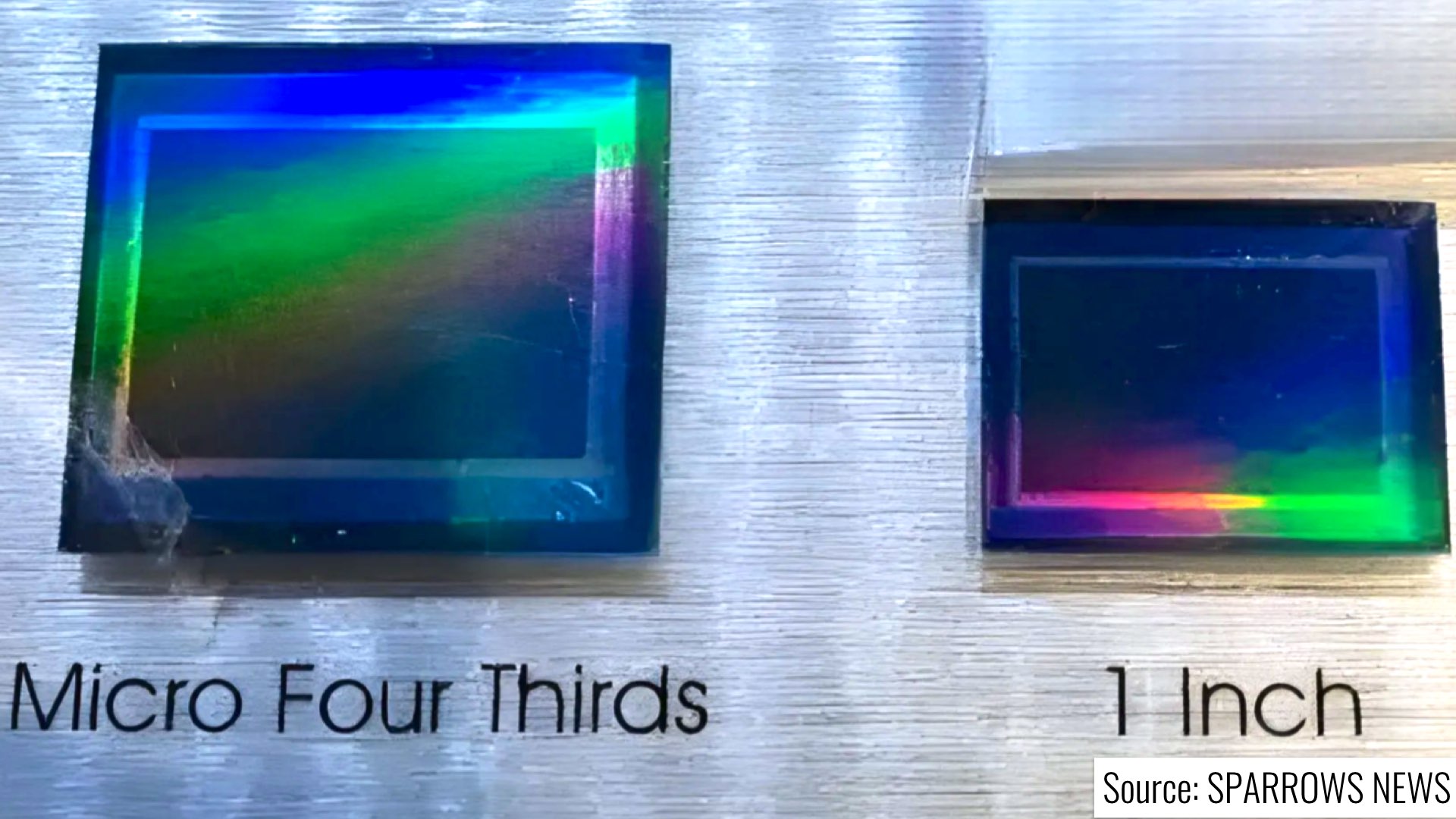
Micro Four Thirds for smartphones
Multiple resources indicate a new generation of Micro-Four-Thirds sensors that is ready to arrive in the market and be implemented on smartphones. The range starts from 44 to 100 megapixels. One of the resources is Weibo which specifies the sensors per smartphone as follows:
- 4/3-inch 108Mp 1.4μm Nonacell Full-pixel DPAF (new ISOCELL, optimized quantum efficiency)
- 4/3-inch 80Mp 1.65μm QuadBayer Full-pixel 2×2 OCL AF ( IMX472 changes Mipi interface to reduce digital layer power consumption)
- 4/3 inch 50Mp 2.1μm 4-Cell Full-pixel 2×2 OCL AF WDR (LOFIC TheiaCel)
- 4/3-inch 44Mp 2.25μm Mask-PD AF VDGS (Pregius S II)

So which 4/3-inch mobile phone will land first? Of course, the challenges are solid. First, there’s the challenge of implementing such a ‘giant’ sensor in a smartphone body. Second: How do you cool that sensor? How can you manage the heat produced by the vast processor? You will need a sophisticated heat management apparatus that eats limited battery resources. Eventually, technology (the Chinese) will overcome that.
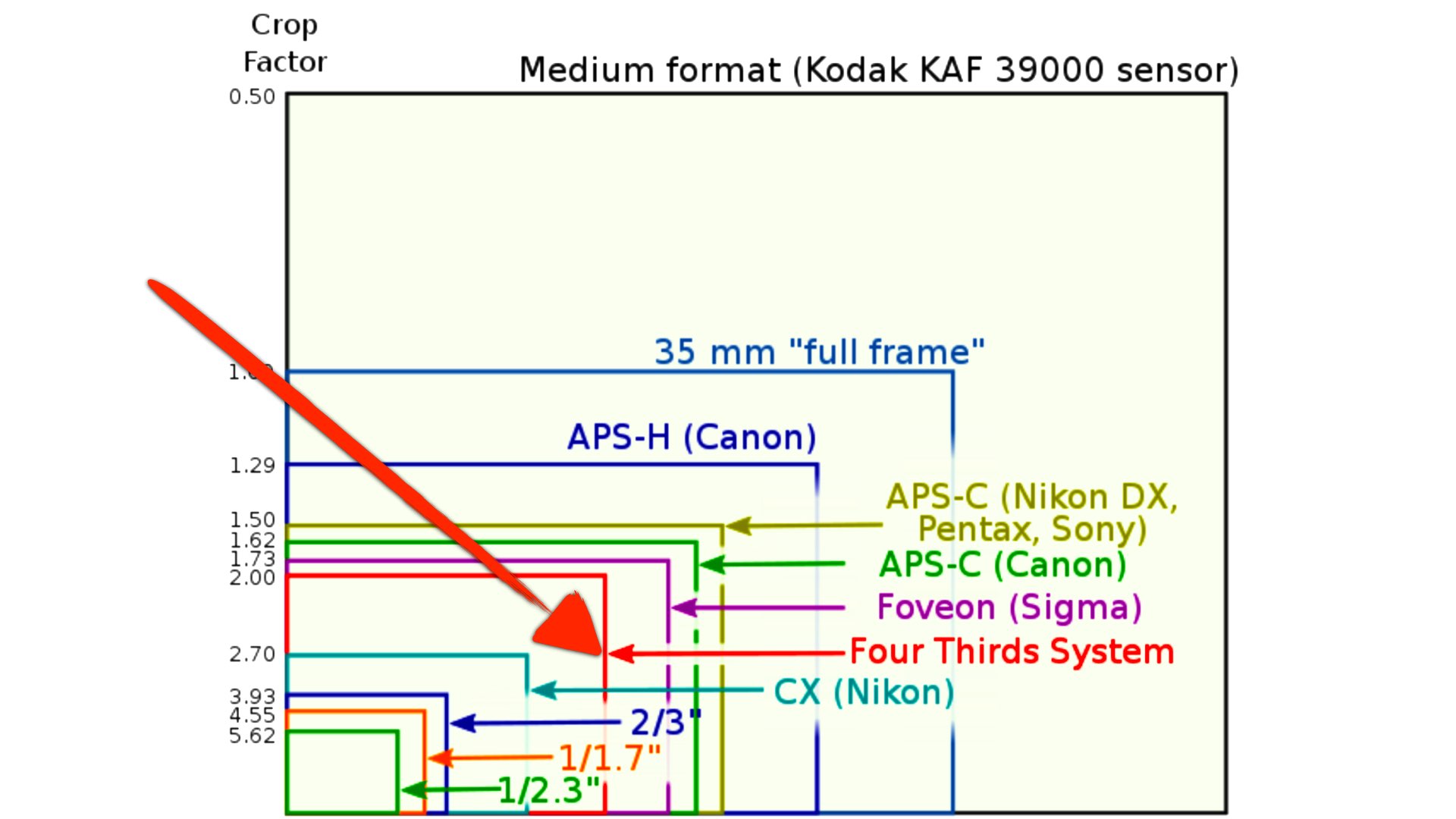
A few words on Micro-Four-Thirds
The name ‘Four-Thirds’ derives from the size and format of the image sensor used in the camera bodies. The system was developed by Olympus in partnership with Panasonic. Unlike 35 millimeter film (and therefore most APS-C sized sensors used by other big camera brands such as Nikon, Canon, or Pentax) the Four-Thirds system uses a ratio of 4:3 for its image sensor. The 35-millimeter film has a ratio of 3:2. This ratio was inherited from analog TV standards. The diagonal length of the Micro-Four-Thirds sensor is roughly half that of a 35-millimeter film negative. The ratio of the image size, combined with the smaller sensor means that Four-Thirds-based DSLR sensors have a ‘crop factor’ of exactly 2. That is to say, a 50-millimeter film lens used on a Four-Thirds body gives the equivalent field of view to a 100-millimeter lens on a 35-millimeter camera body. The first approach to create a camera body for the Micro Four Thirds system was achieved in 2008 by Panasonic. It’s G1 and G2. More recently, the Micro Four Thirds lens mount has also been used by DJI in certain models of their drone-based camera systems. The Blackmagic Pocket Cinema Camera is also produced with a Micro Four Thirds lens mount option. Z-Cam also produces video cameras using the Micro Four Thirds lens mount. However, the love and desire for shooting large format, has made the very capable Micro-Four-Thirds format almost obsolete. Nevertheless, when talking about mobile phones, Micro-Four-Thirds has the potential to revolutionize videography.
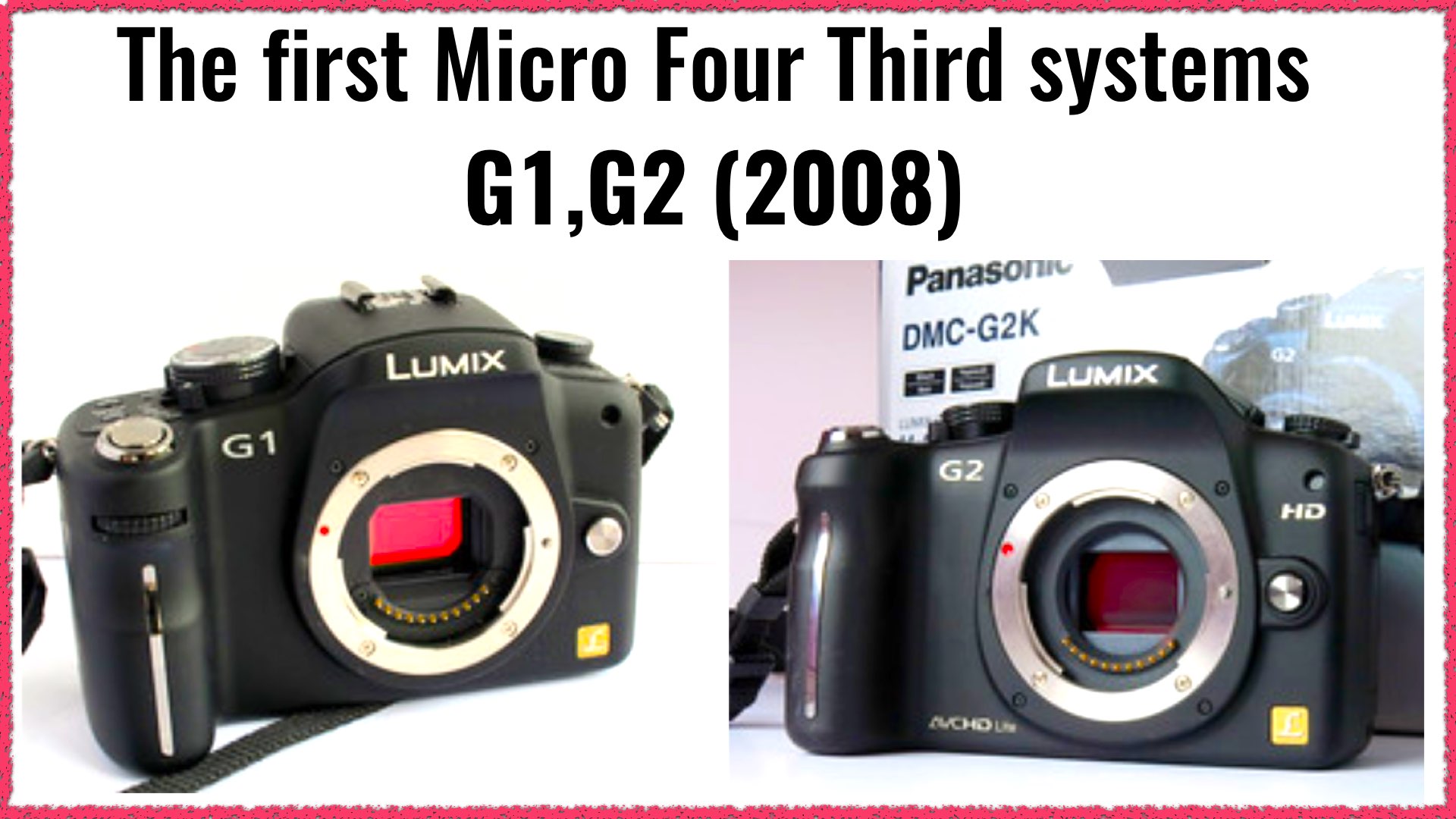
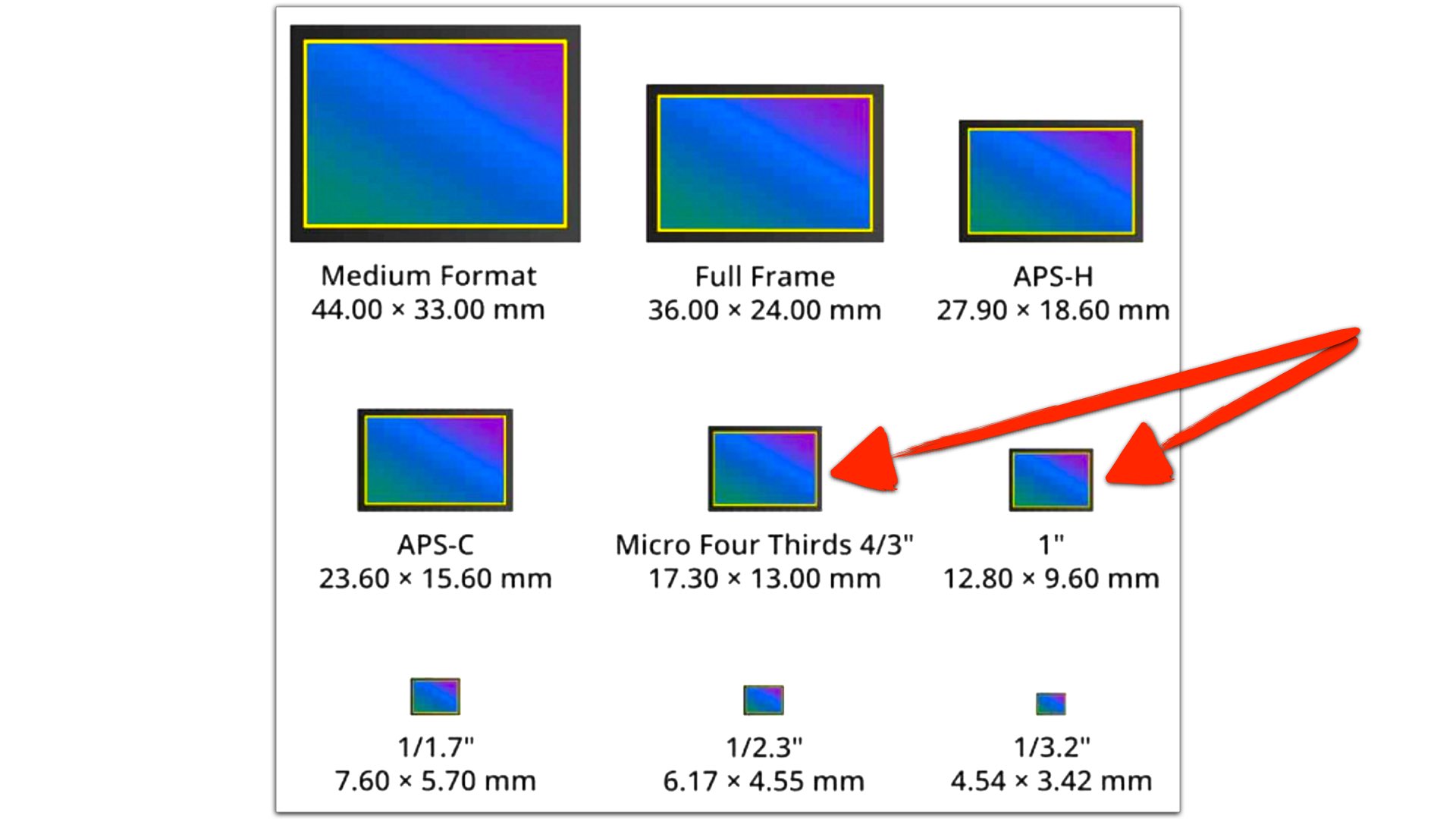
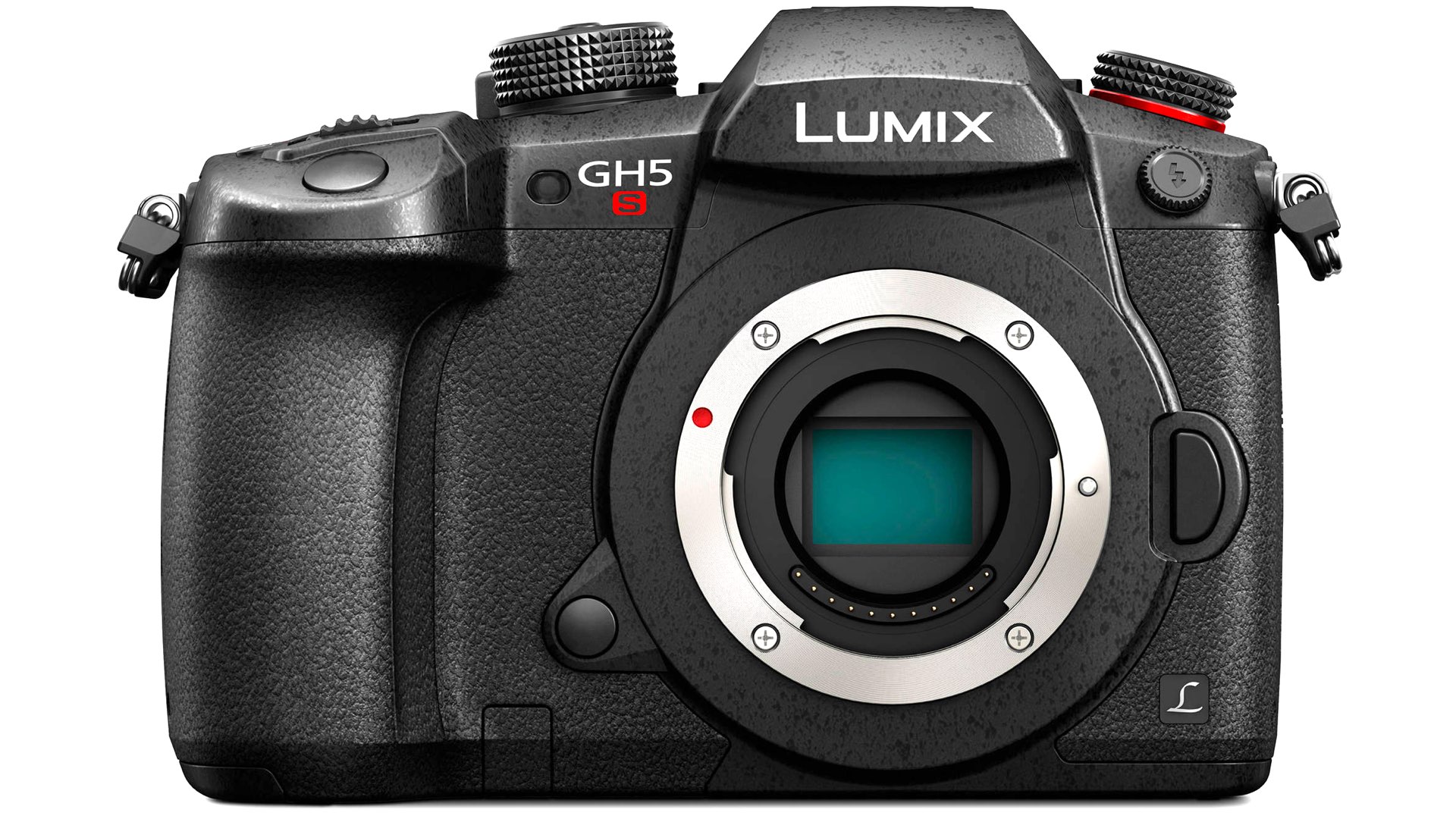
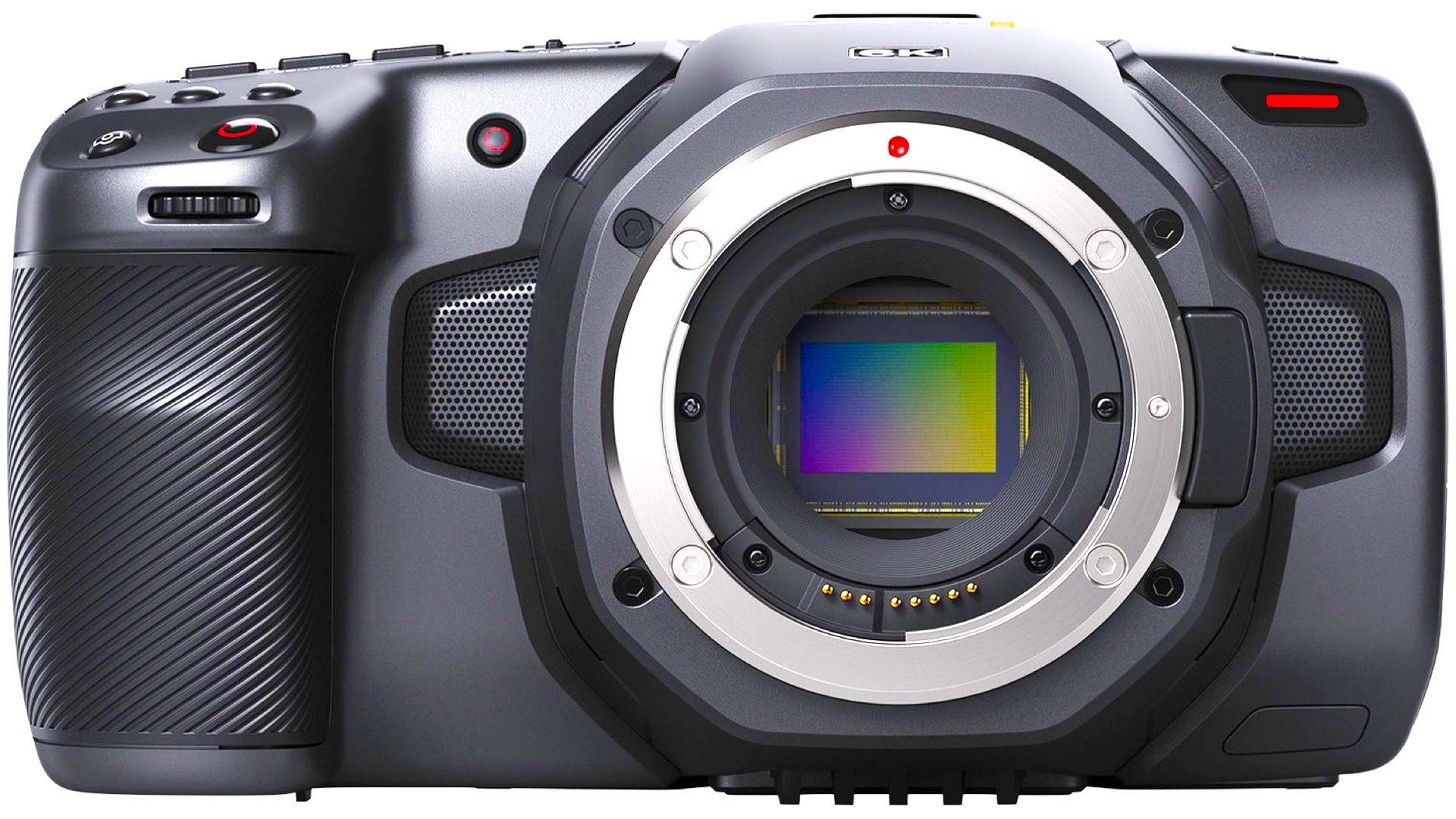
It was started with 1-inch
In 2021, Sharp has announced its smartphone flagship. The AQUOS R6 is armed with a 1-inch sensor. The AQUOS R6 was the world’s first smartphone that owned this kind of sensor. Furthermore, the AQUOS R6 had a Leica Summicron lens on a 20-megapixel camera. Since then more smartphone manufacturers have developed powerful smartphones with 1-inch image sensors. Additionally, other camera companies have been strengthening their manufacturing capabilities to produce more powerful 1-inch sensors. For instance, the 4K Canon 1-inch sensor that is capable of 24 stops of dynamic range, Nikon’s 1,000 FPS 4K 1-inch sensor, and more [Read: Canon has Developed a 1-inch 4K Sensor With 24 Stops of Dynamic Range, Nikon Developed a 1-inch CMOS Sensor That is Capable of 1,000 FPS, HDR, and 4K Resolution]. But where’s Apple in the picture?
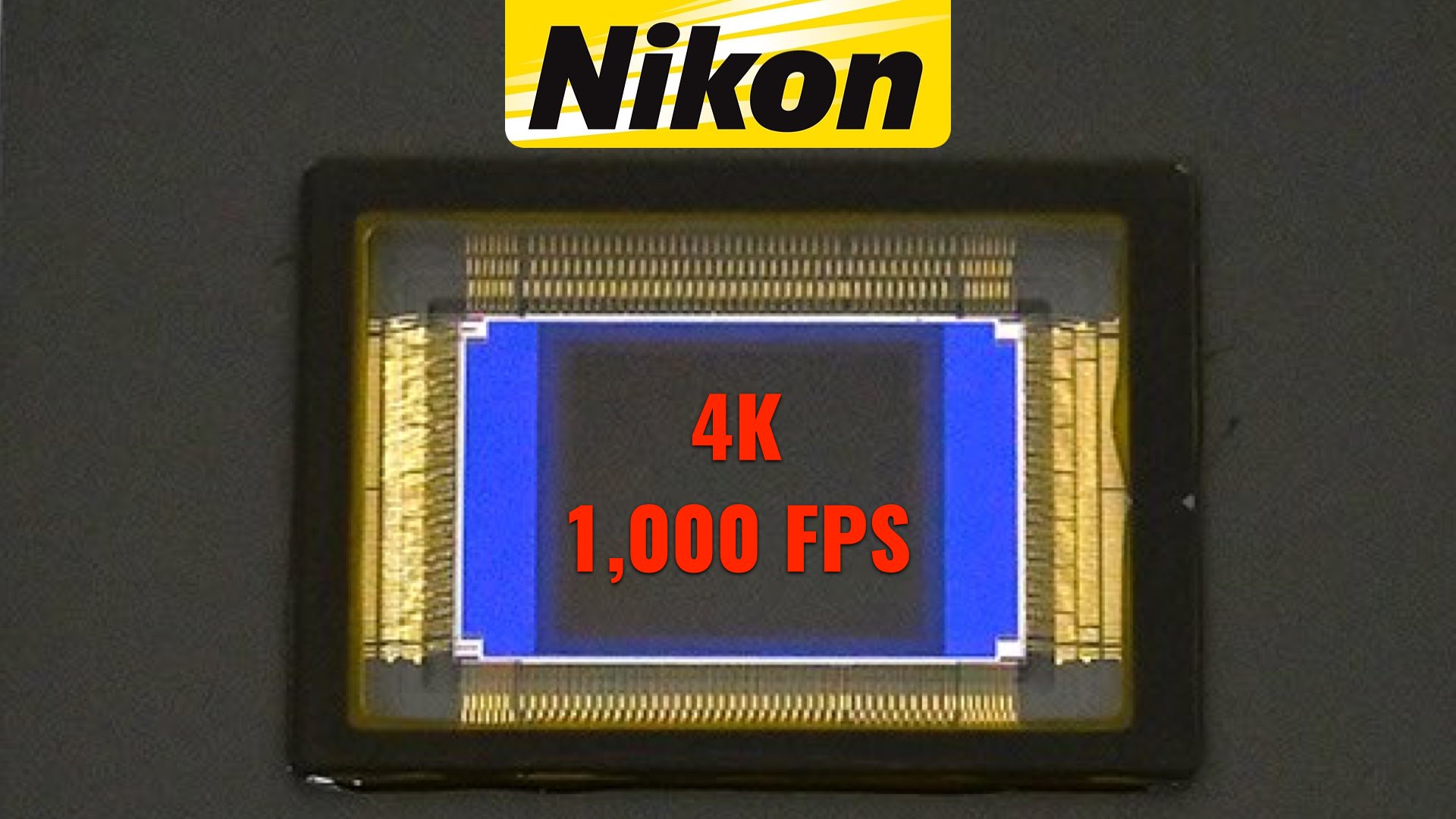
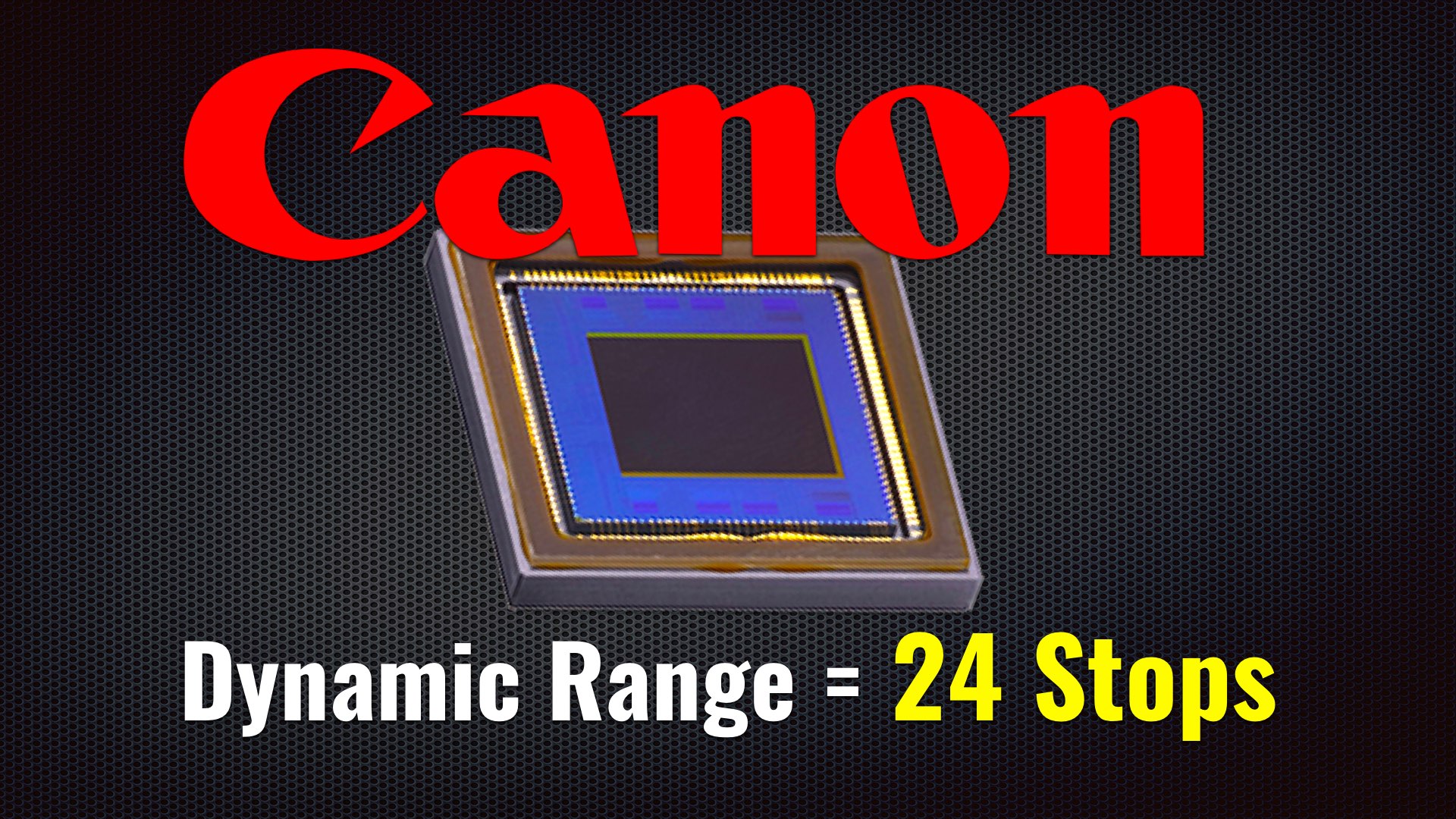
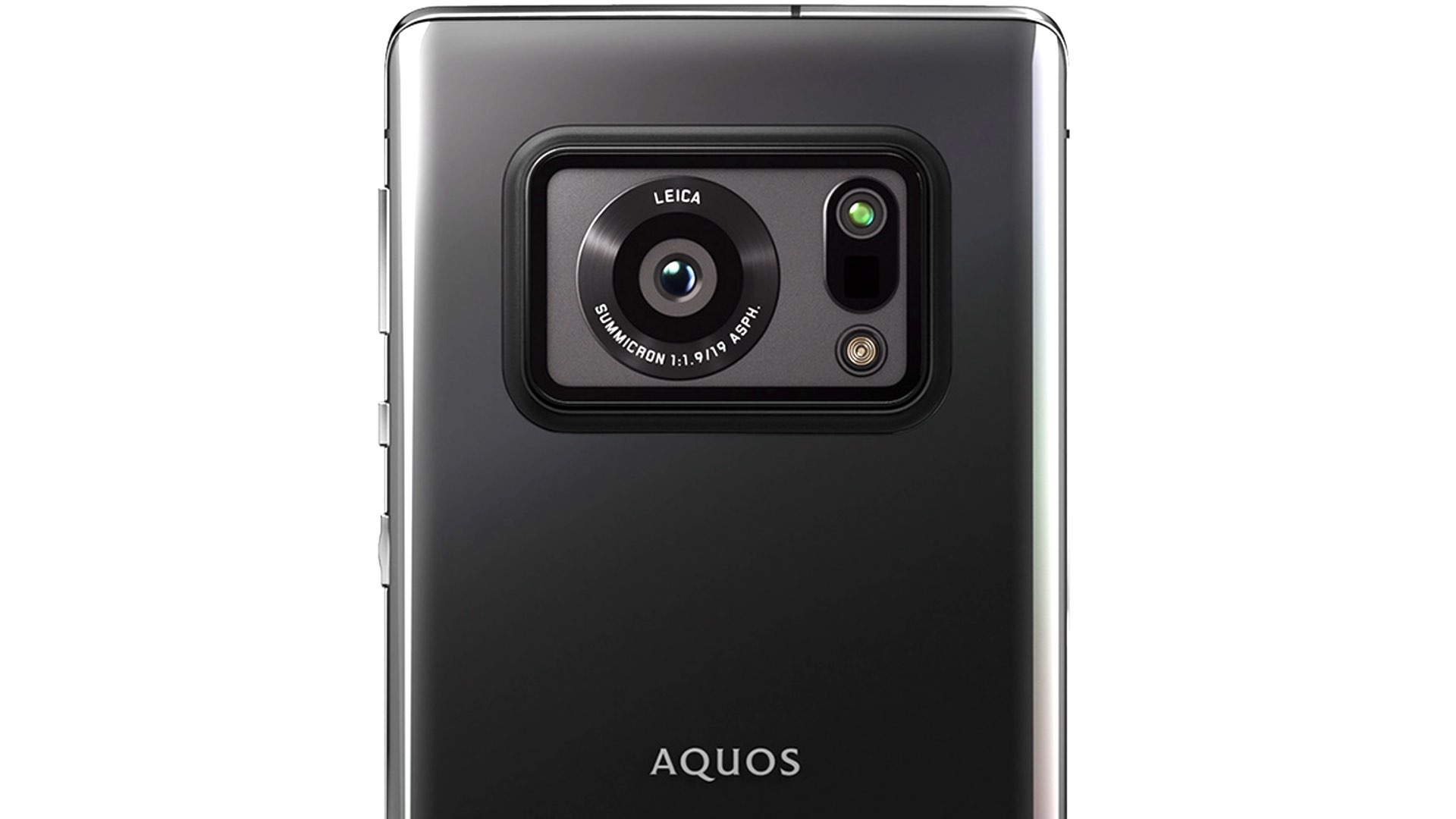
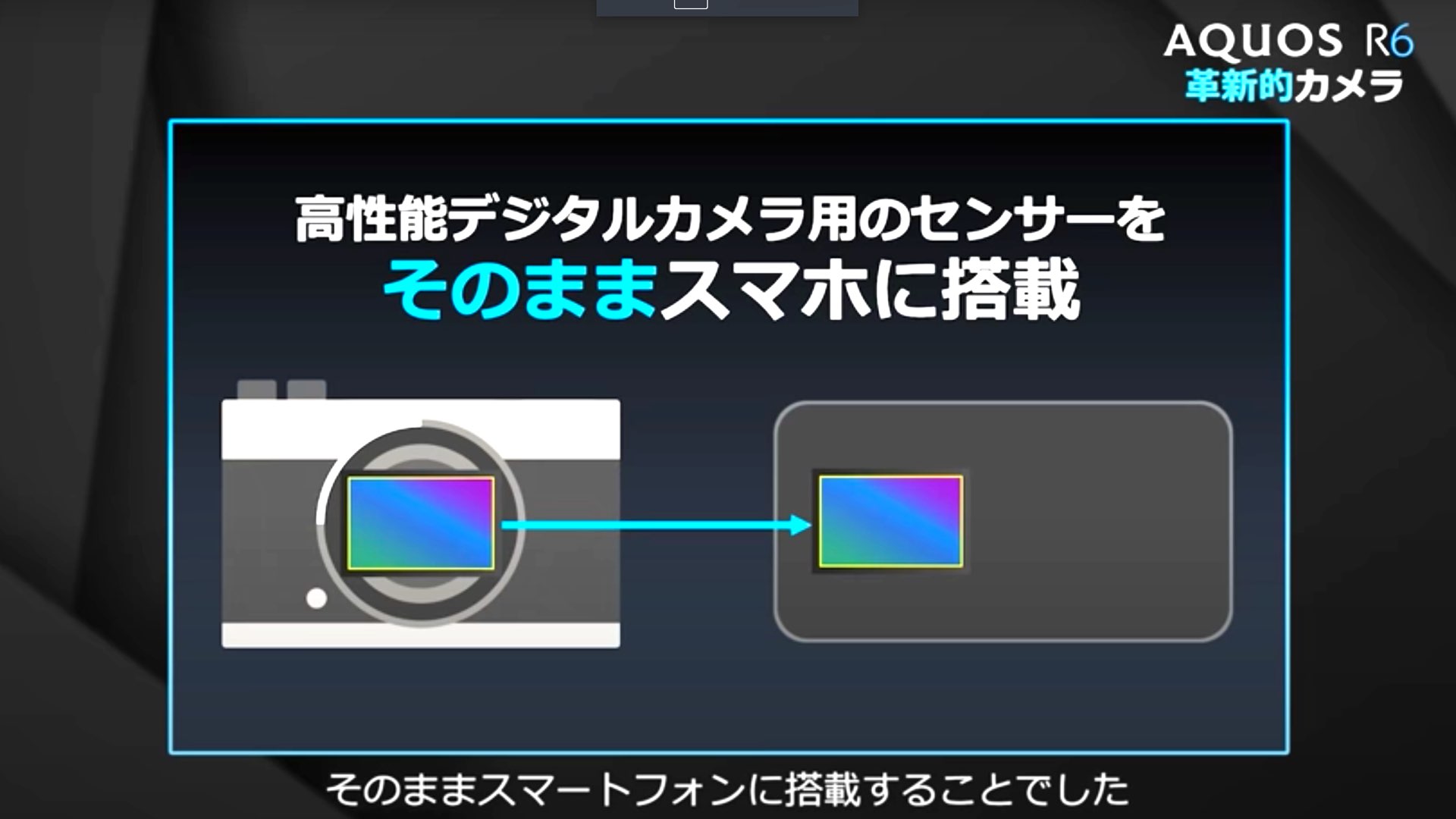
iPhone: Size doesn’t matter
As for Apple, it seems that the company prefers investing in sharpening the image technology instead of implementing larger sensors. So for now, Apple is out of the game. But only for now, since we are pretty sure the time will come to apply one of Sony’s powerful 1-inch sensors in the iPhone. Or should Apple go straight to Micro-Four-Thirds? Anyway, our two cents are that the first Micro-Four-Thirds smartphone will come from China, and will be made for the Chinese market. We believe it will launch during 2024-2025. If so, Apple will start the pursuit of Micro-Four-Thirds in 2025. Hence imagine this: iPhone 18 with Micro-Four-Thirds image sensor. That would revolutionize videography for sure.
Watch the article:


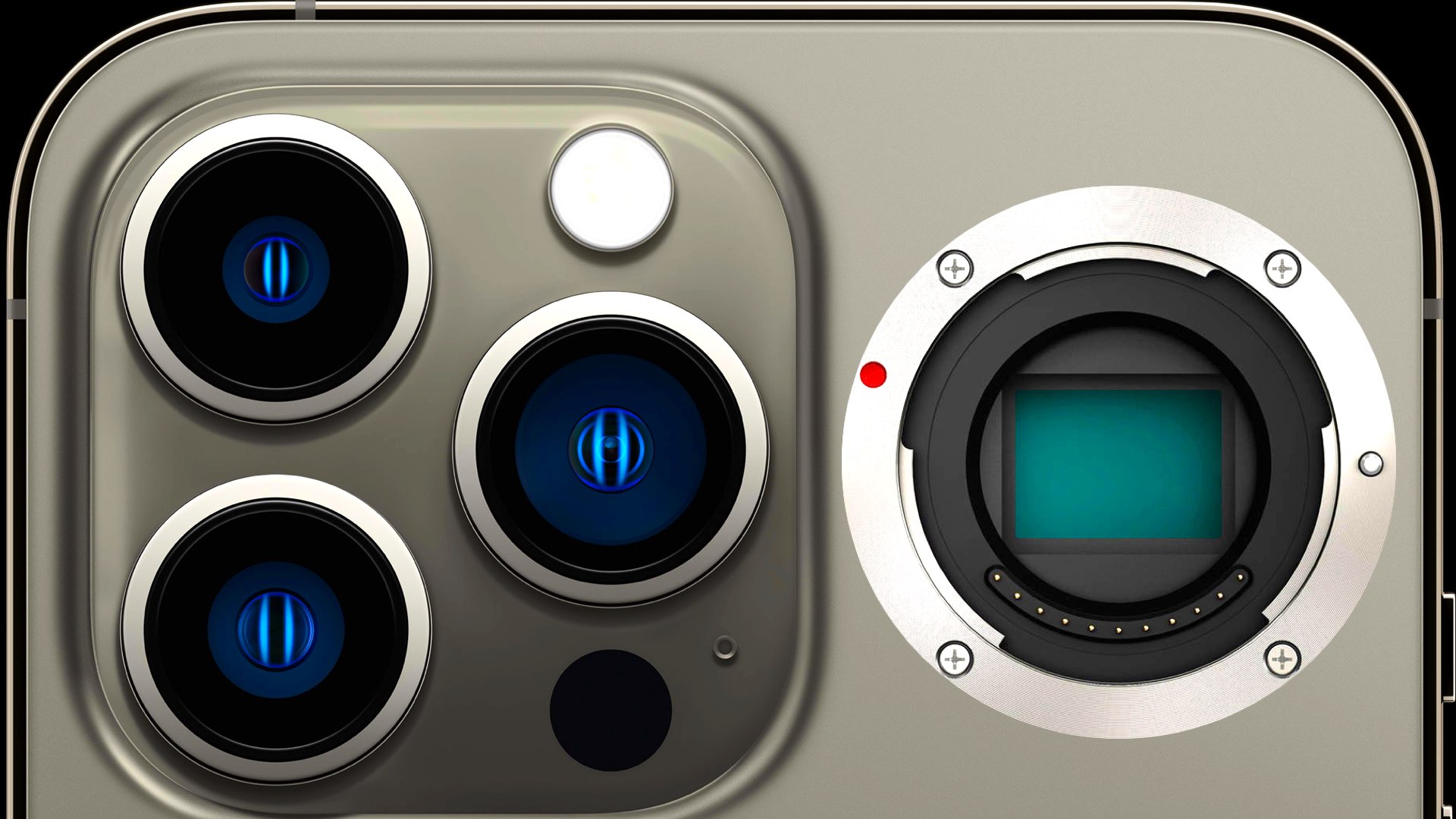
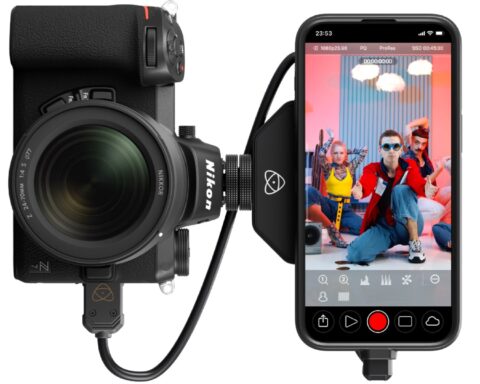
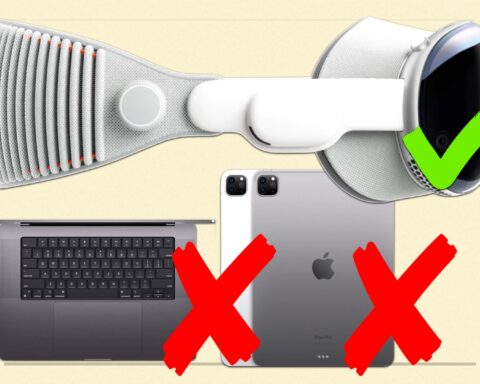
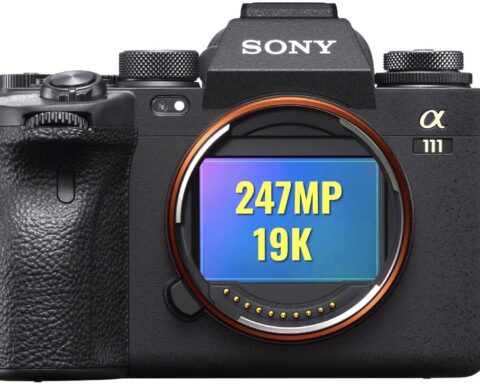
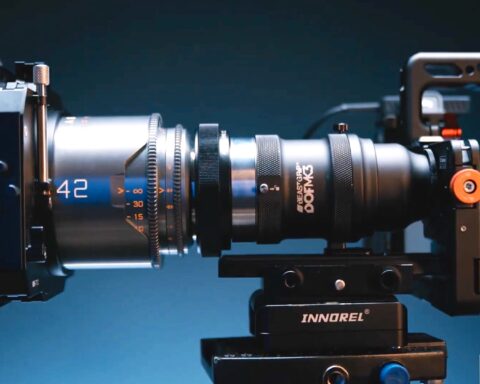
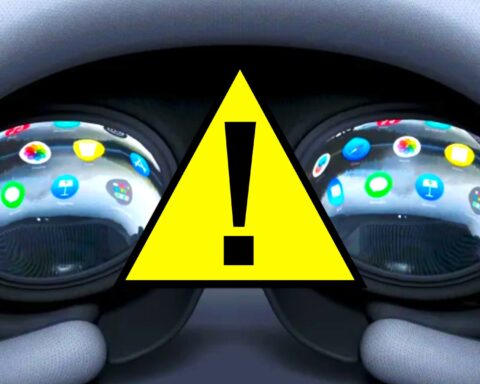
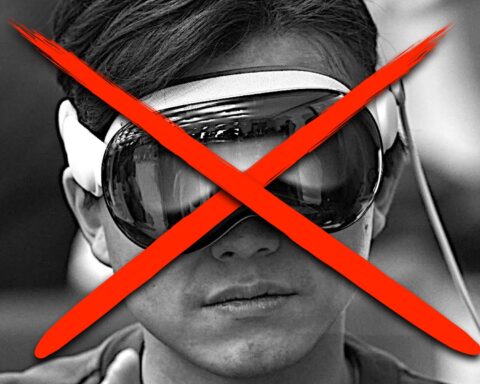

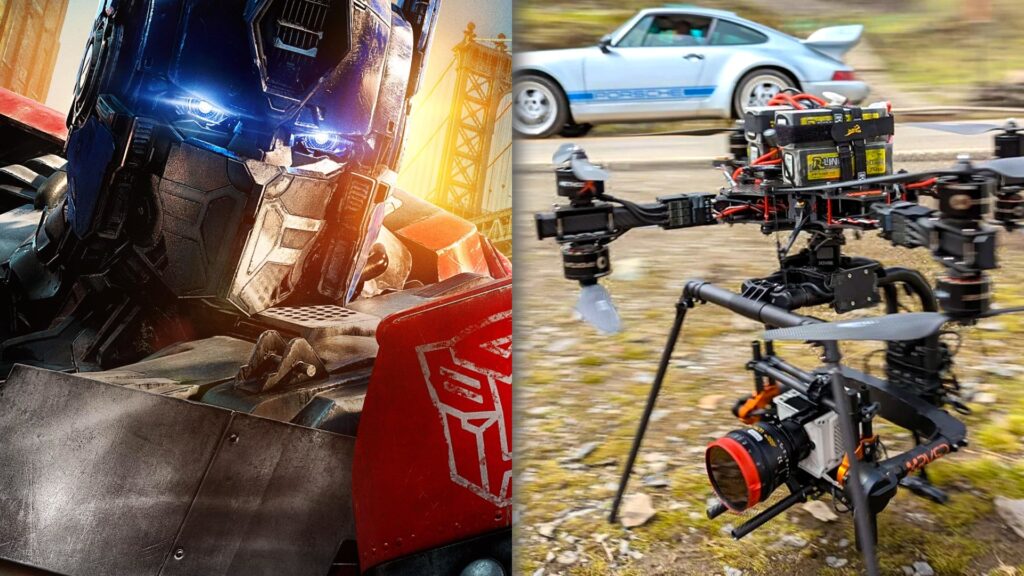
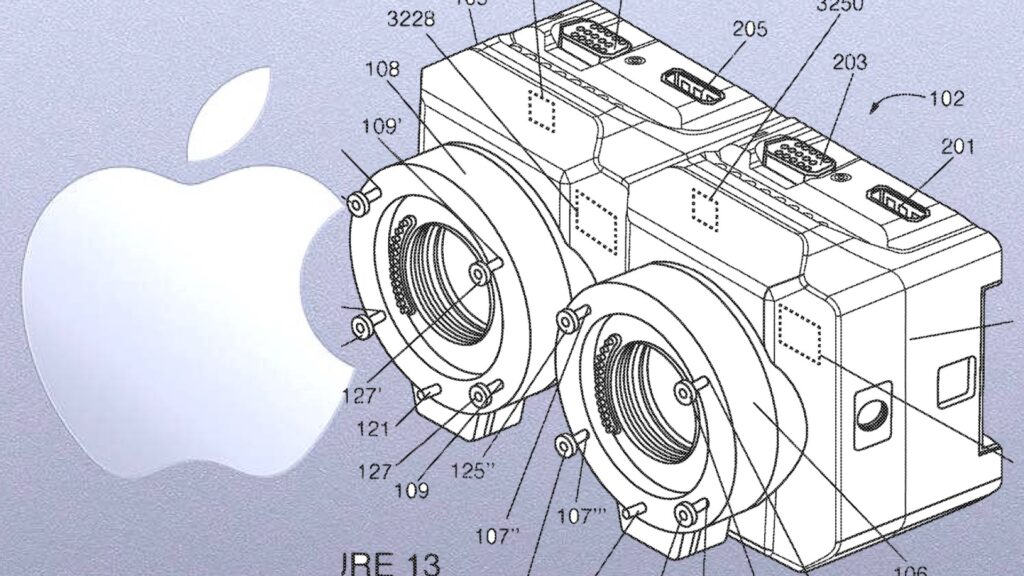
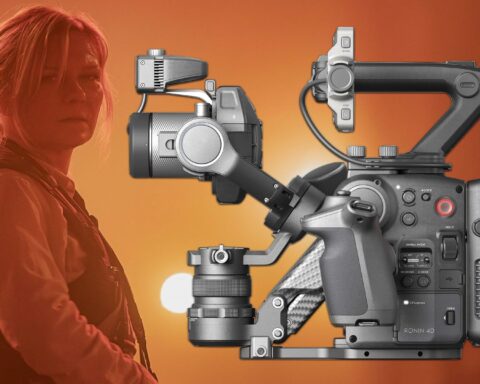




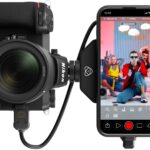

Constantly irritates me how many people write or post videos in photography and videography and don’t know the difference between micro 4/3 and 4/3. Micro four thirds is a system and lens mount. 4/3 is the sensor size. They existed before micro 4/3 systems in dslrs. They are simply 4/3 sensors.
G1 not the first camera to have a 4/3 sensor, Olympus four thirds cameras had them years before the G1.
Also the Sharp phone was not the first either to have 1 inch sensor. The Panasonic Lumix CM1 from 2014 had it.
The entire article misses the most important point.
What end user, you know the customer, probl m is solved by these huge new sensors?
What problem does that his sensor solve?
Clammering for more pixels is idiotic for 90% of phone users. Just waste of space.
Does this new huge sensor solve problems for users?
Javier is right. Olympus introduced the E-1 four-thirds camera in 2oo3. I think the Panasonic DMC-L1 was the first four-thirds camera for Panasonic, introduced in 2006. The Panasonic DMC-G1 was the first micro-four-thirds camera.
Another small sensor dilettante-produced article full of factual errors.
Why put so much money into a phone with non-replaceable batteries that one will replace every 4 years.
But a cheap phone and a quality camera. A camera that should last you 10 years and possibly a lifetime.
Regardless of the photo sensor you put in a phone you are still limited by physics when it comes to optics. Like they said in the article you will also have to cool the sensor and I imagine the power drain will be fairly intense. I already made the move to actual digital cameras a while ago and only use the smartphone camera as a last resort – and that is a Samsung Galaxy S23 Ultra which is capable of a 200mp image and expert raw (dng)! The difference in quality between a purpose made camera and a smartphone camera is noticeable.
The last paragraphs says the author is an Apple fan boy.